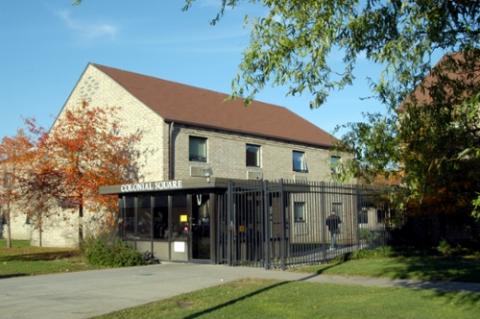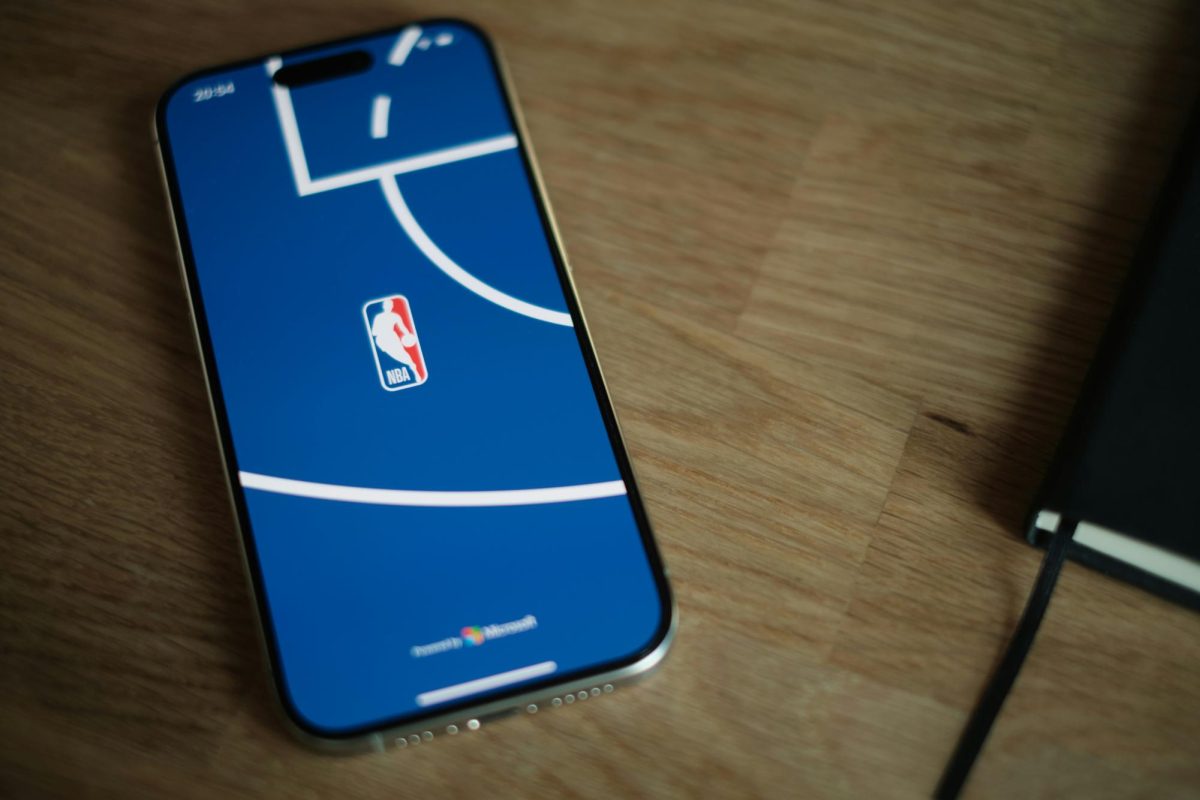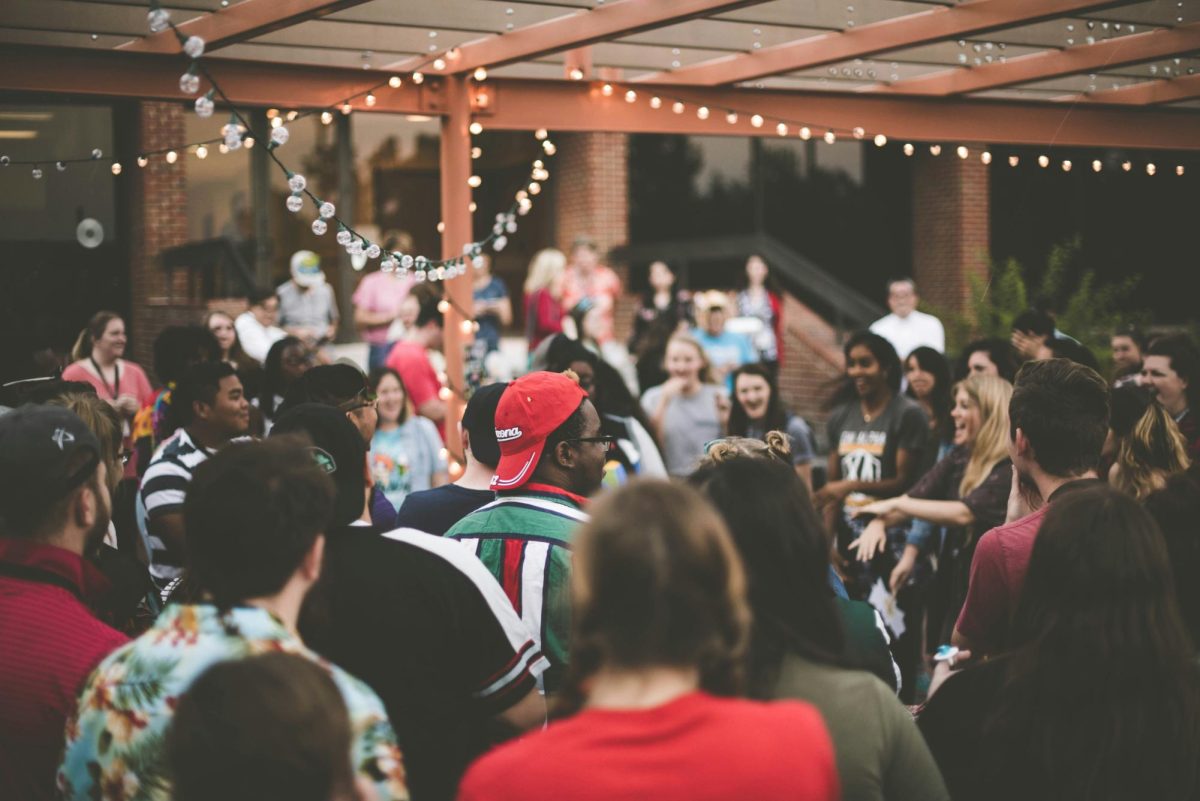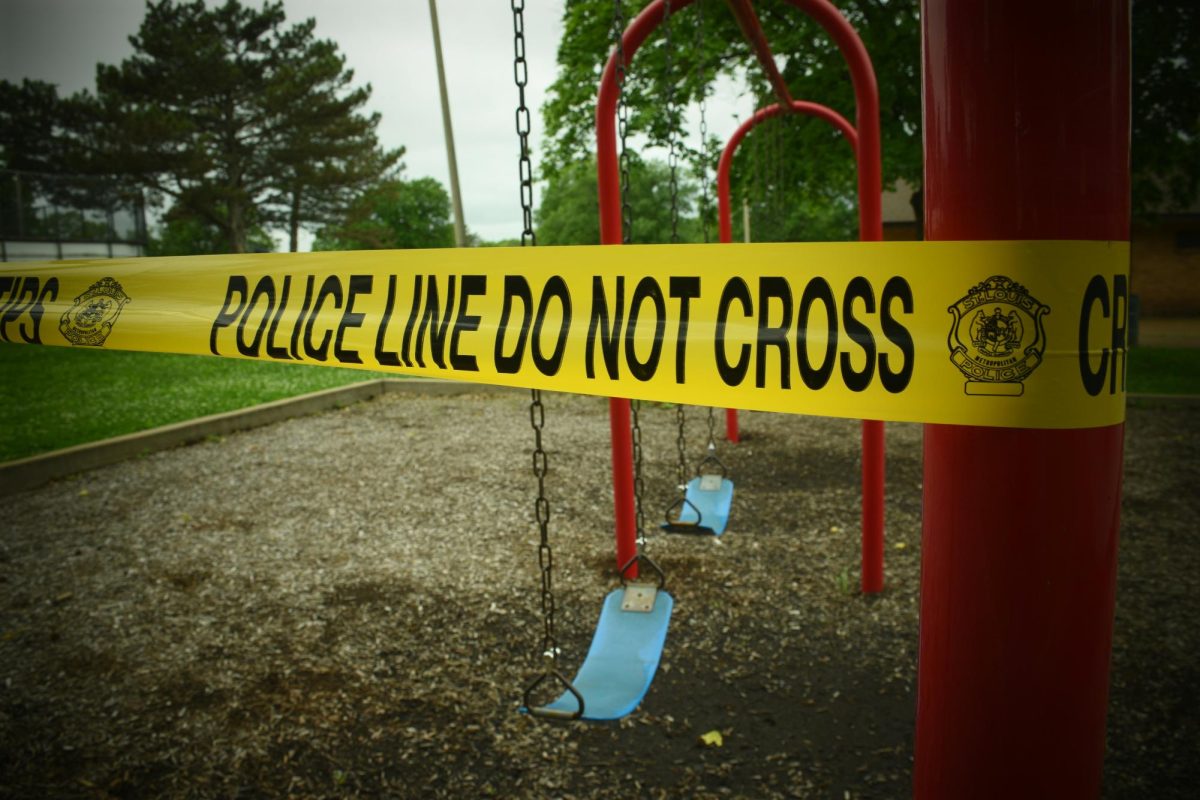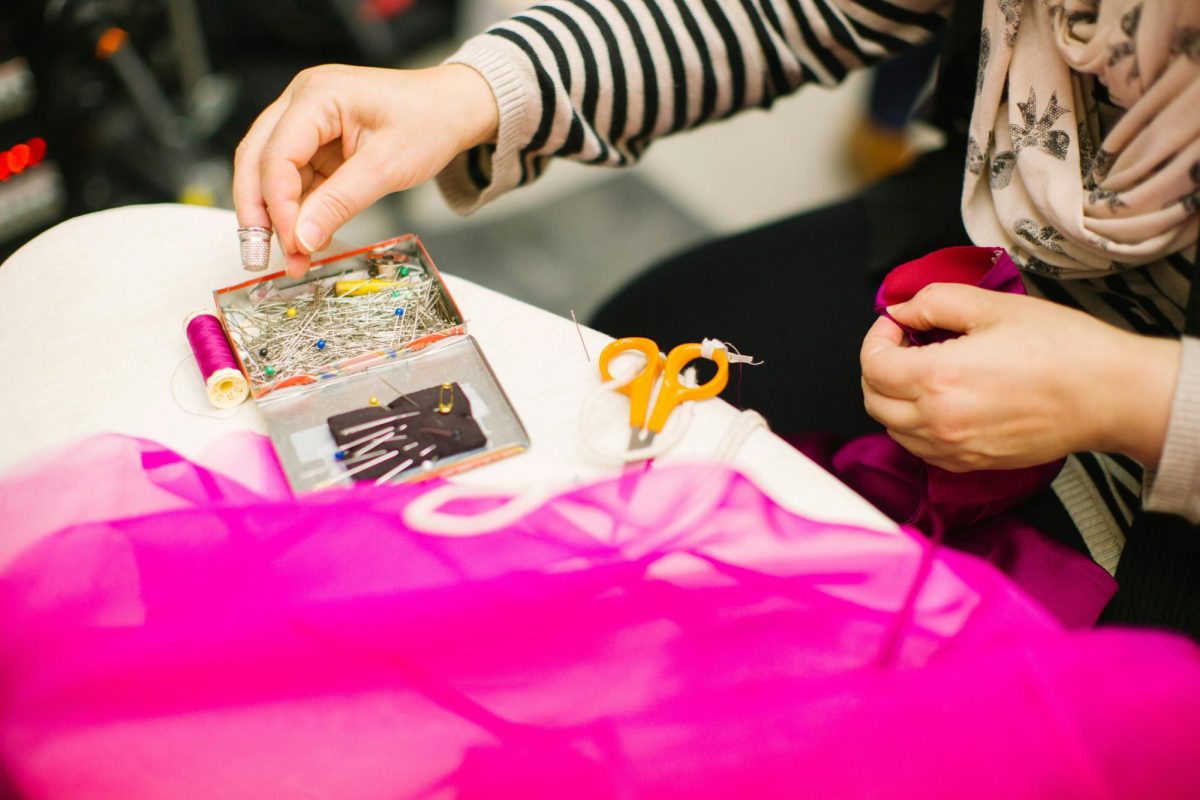After giving a speech at March for Our Lives New Jersey, which mobilized 6,000 supporters in response to the school shooting in Parkland, Florida, I stepped off stage and four journalists stuck microphones in my face. Behind them, ignored by the press gaggle, was a group holding a large, white banner reading “The Newark Anti-Violence Coalition.”
The banner-holder told me that many in the group had lost their children to gun violence. They had been fighting longer than I’d been alive. One woman told me she had been organizing a vigil for every victim of gun violence in Newark for almost a decade. The group profusely thanked us for putting together the march and said they had never seen a turnout like this.
I felt an overwhelming sense of guilt. I wondered why it took an attack on a mostly white community for people to start to care. Not too long after, I went from interviewee to interviewer as a journalist for a variety of publications. I wrote about gun violence with The New York Times, Teen Vogue and The Trace, where I collaborated with a team of student journalists to produce over 1,200 obituaries for youth who died from gun violence in the year after the Parkland shooting.
Once again, I saw firsthand how little people cared for gun violence in communities of color. The obituaries were supposed to be brief celebrations of the victim’s life, but many were posted as nothing more than a date and location of demise instead. They lacked a name, image or life beyond their death because their killings didn’t even make local headlines, let alone national ones. These kids were almost always young people of color from underprivileged or inner-city communities.
We have become so desensitized to black people’s deaths that the media no longer considers it newsworthy. Their names are too ethnic, their skin too dark for the nightly news. Their complexion serves as a litmus test for how much their death deserved to be mourned. Gun violence against white communities brings a wave of press coverage, while the stories of gun violence in communities of color fall to the wayside, despite the fact it is these communities that are disproportionately impacted by it.
According to Everytown for Gun Safety, firearms are the leading cause of death for black children and teens, who are four times more likely to die from gun violence than their white peers.
Meanwhile, mass shootings, which comprise just 1% of gun deaths, dominate the media conversation surrounding gun violence. Part of is shock value – the more people who die, the more news value of a story – but racism also affects the coverage (or lack of thereof) of everyday violence in the black community. Social scientists have dubbed this phenomenon “Missing White Woman Syndrome,” referring to the excessive media coverage of violence against white, upper-class women while stories of violence in other communities fades into obscurity.
This lack of coverage extends to other forms of gun violence, too. No one talks about how two-thirds of gun deaths are suicide or how firearms are both the most common and most lethal methods of suicide; no one talks about how women in domestic violence situations are five times more likely to die if there is a gun in their home; no one talks about the use of guns in instances of police brutality, which takes the life of an American citizen every seven hours.
Journalists have a duty to accurately represent the people and the communities for whom we write. Gun violence kills 96 Americans each day; mass shootings are but a small minority, and our reporting should reflect that. Every victim of gun violence is a tragedy and the everyday gun violence which decimates black communities should not be excluded from the narrative.


